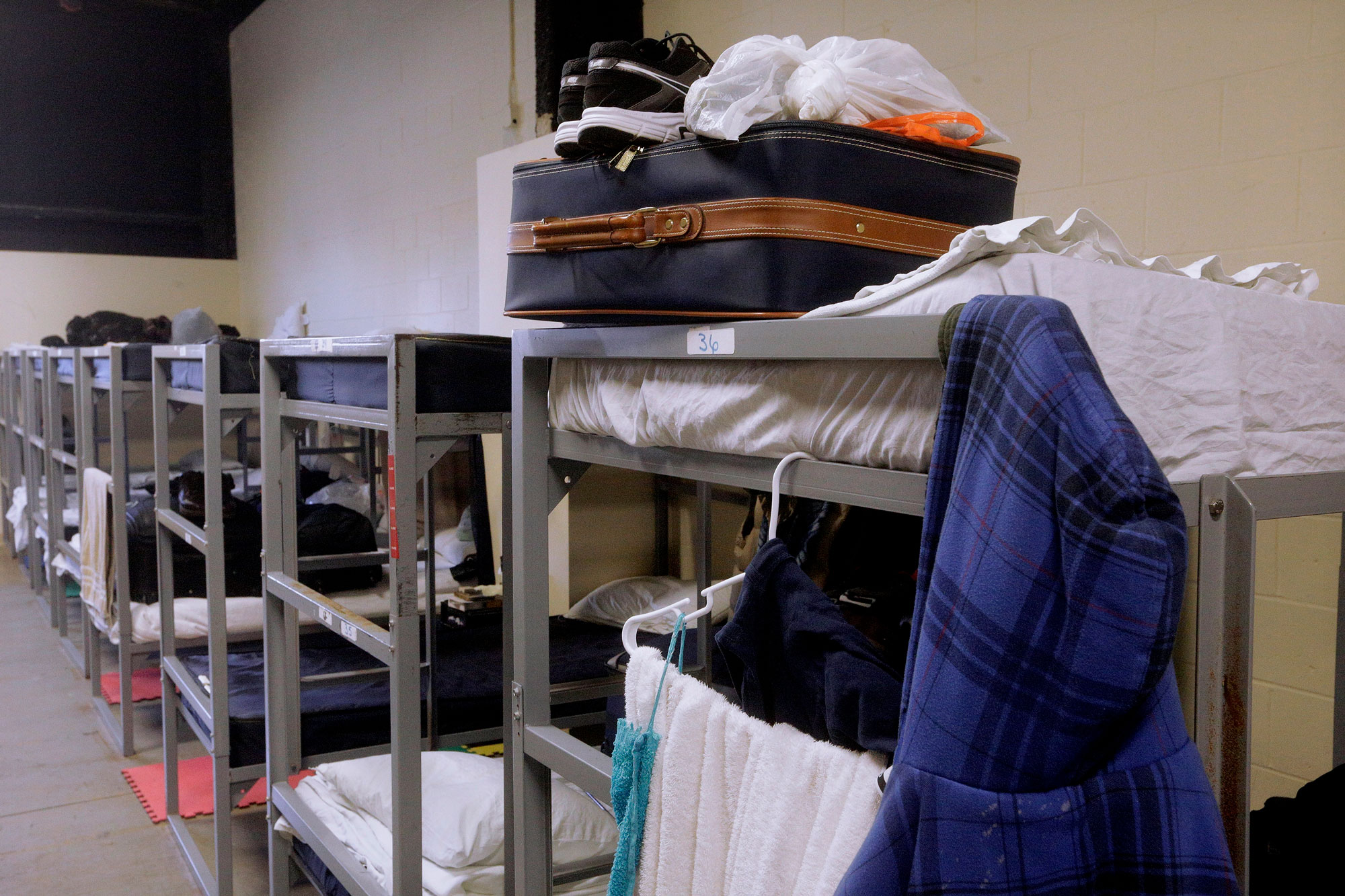Although Several Questions Persist, Decreases in Sheltered Homelessness Suggest the Positive Impacts of Federal Relief Resources and Homelessness System Efforts
The U.S. Department of Housing and Urban Development (HUD) today released the 2021 Annual Homeless Assessment Report (AHAR) to Congress (Part 1). Due to disruptions caused by the COVID-19 pandemic, unsheltered Point-in-Time Counts were not possible in several communities in 2021. As a result, this year’s report does not account for an estimated 40 percent of the homeless population that is unsheltered on a given night. Instead, it is focused exclusively on populations experiencing sheltered homelessness.
Key Reductions
The report shows that on a single night in 2021, more than 326,000 people were experiencing sheltered homelessness in the United States. This represents an eight percent decrease between 2020 and 2021. Among the most noteworthy reductions:
- The number of sheltered families with children fell 15 percent compared to 2020. This is likely due to federal relief resources, such as economic impact payments and emergency rental assistance, as well as the federal eviction moratorium and state-level legal aid programs available to households at risk of homelessness.
- The number of sheltered individuals dropped by 2 percent. In addition to accessing federal relief funds, many individuals were also supported in non-congregate accommodations.
- The number of sheltered veterans fell by 10% compared to 2020. This is likely the result of increased funding for housing and services targeted to veterans.
Central to these reductions were the heroic innovations made by homeless response systems and providers across the county. By quickly pivoting operations and taking advantage of local and federal resources, the homelessness sector was able to expand the number of non-congregate beds by 134 percent to protect the health and safety of vulnerable populations.
Areas of Concern
While many populations clearly benefitted from the emergency resources and services available to them, others faced greater challenges. The number of chronically homeless people in shelter increased by 20 percent in 2021. This includes many of the highest-need individuals. Some of the increases may be tied to providers bringing more vulnerable people (such as seniors and people with disabilities) inside to protect their health. However, the number of Permanent Supportive Housing units specifically dedicated to the population also declined. The net effect may have led some to be disconnected from needed supports.
Additionally, the number of sheltered transgender and gender non-conforming youth also increased between 2020 and 2021. Although the size of these populations is comparatively smaller than others, the increases (29% for transgender and 26% for gender non-conforming) are significant.
The report also sheds light on persistent racial disparities among those in shelter. Although sheltered counts fell by 12 percent among African-Americans, this group continues to be dramatically over-represented, making up 45 percent of the total sheltered population but only 13.4 percent of the total U.S. population.
Additionally, increases in individual homelessness among Pacific Islanders (12.5 percent), Asians (10.2 percent), Hispanics/Latinx (3.1 percent), and Native Americans (1.7 percent) demonstrate the importance of a greater focus on the needs of these populations.
The Importance of Resources
Although the full impact of CARES Act resources and other federal provisions to support vulnerable Americans is not yet fully realized or documented, it appears that they played an essential role in stemming the inflow of people into homelessness, while bolstering the homelessness sector’s abilities to serve those without homes.
“These numbers demonstrate that federal investments can reduce homelessness and save lives. Subsequent investments via the American Rescue Plan Act, including housing vouchers and funding for affordable housing acquisition and development, appear to be expanding that impact,” said Nan Roman, CEO of the National Alliance to End Homelessness. “But they are still not sufficient to help everyone.”
“If we wish to build on the progress that can be attributed to COVID-19 relief measures, it will be essential to pass the housing provisions in the Build Back Better Act, and to increase Congress’ annual appropriations to support homelessness programs. Without continued investment, we anticipate homelessness will rise again in the coming months.”

